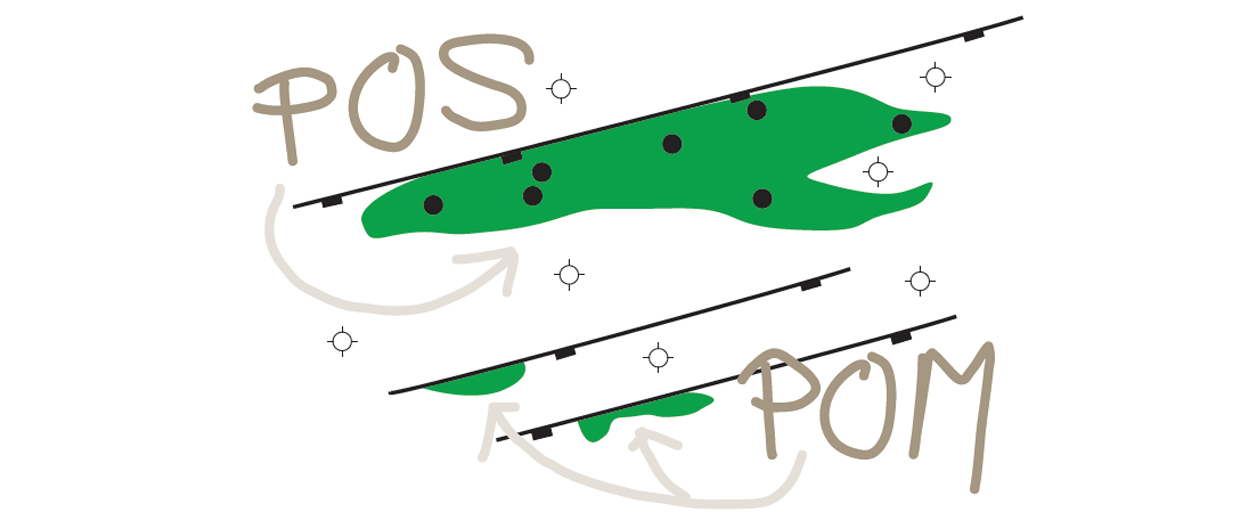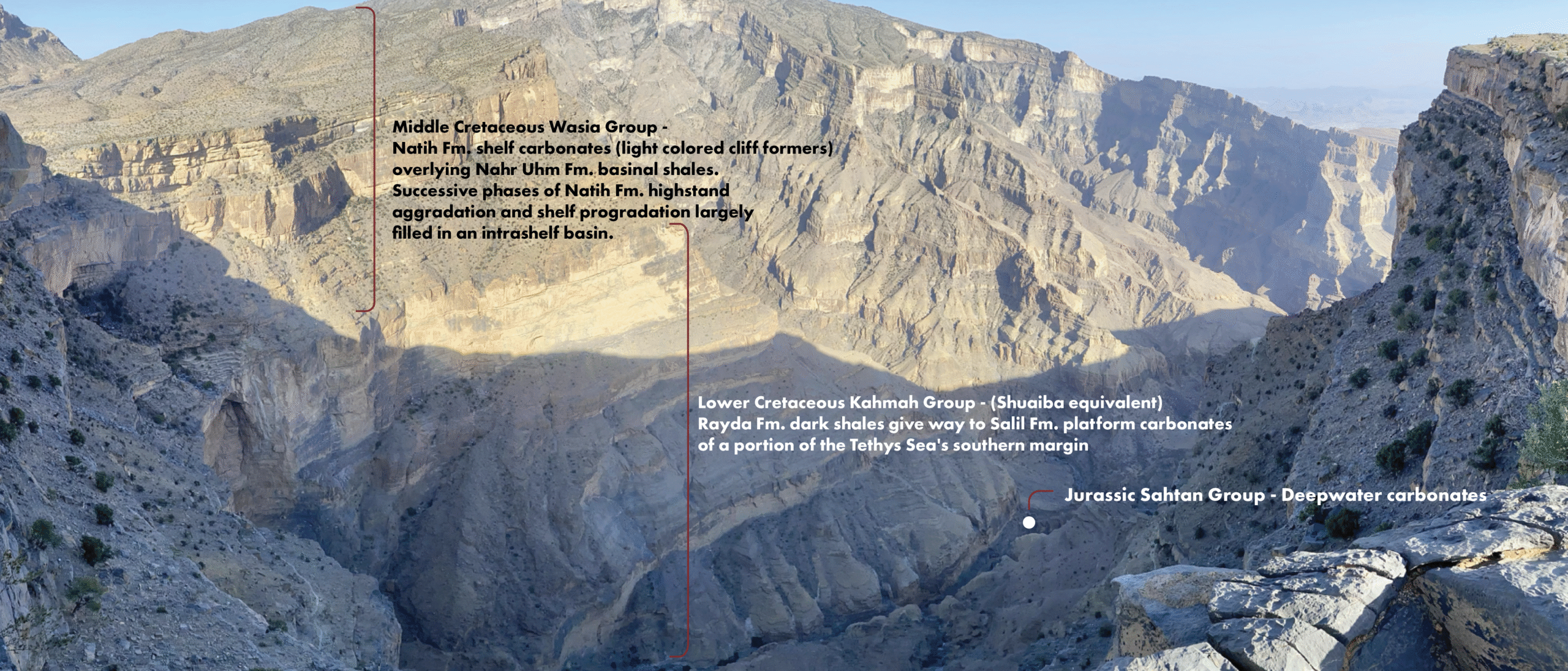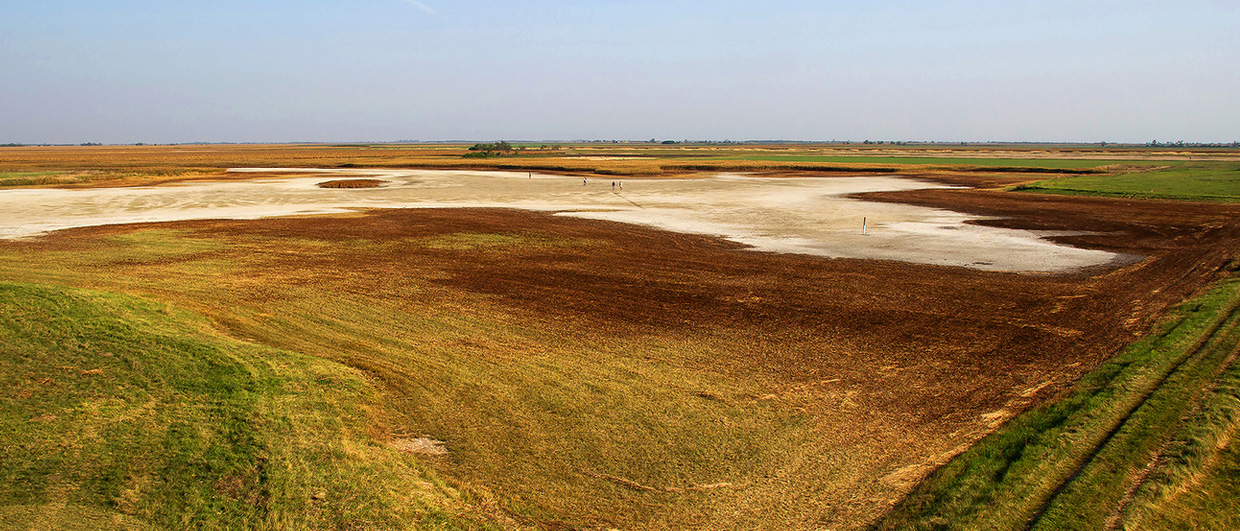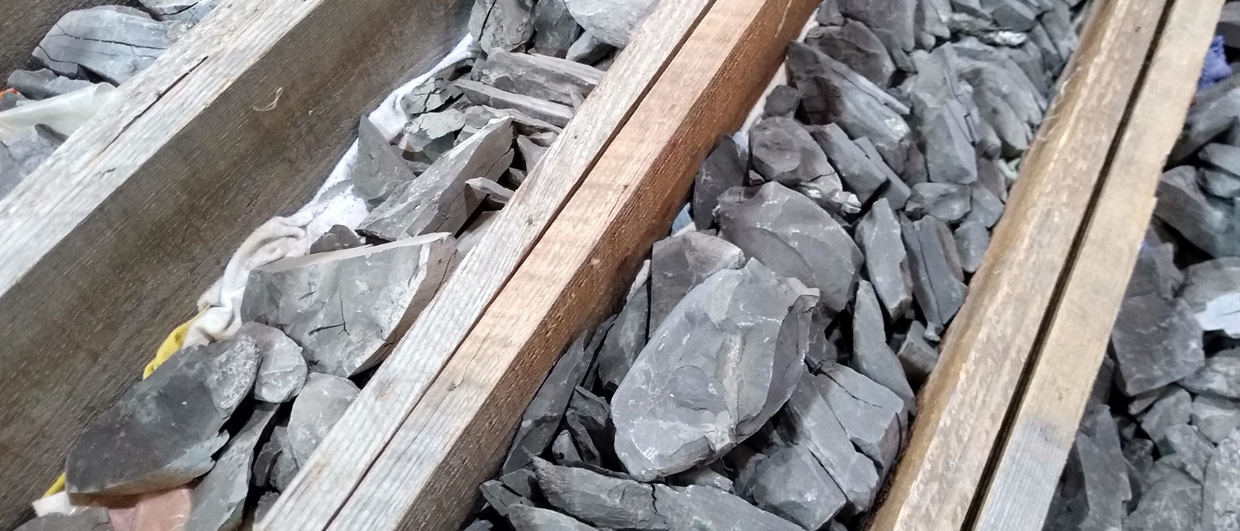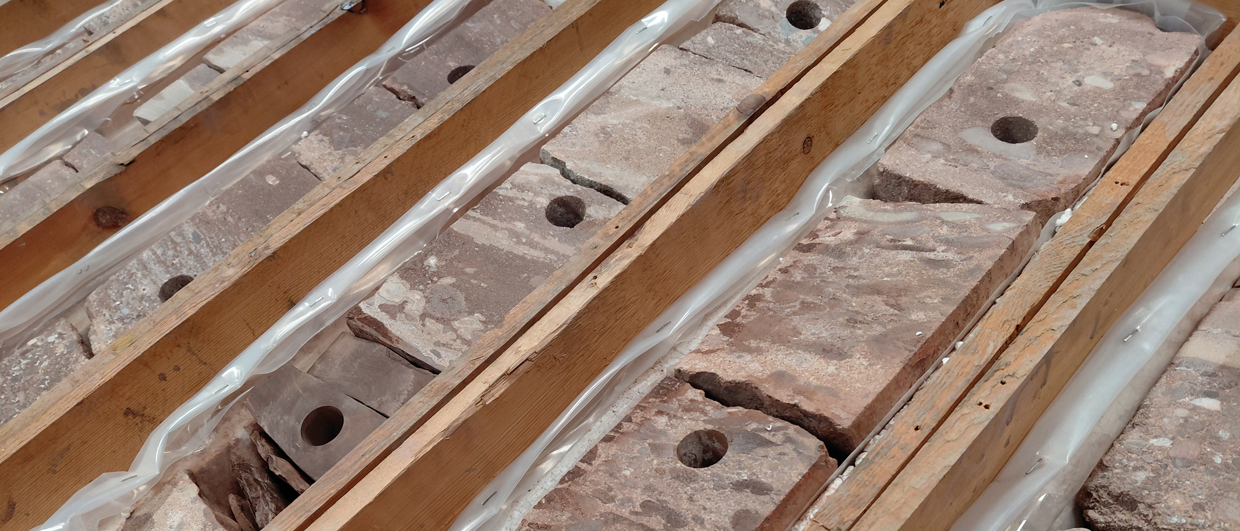Probability Of Success (POS) is the central concept for petroleum exploration. POS is used to predict dry well occurrence, risk an exploration portfolio of prospects and eventually decide what gets drilled (first). Currently, the chance of success for near-field exploration is still approached the same way as frontier exploration. However, in a mature basin with decades of development, what is the relevance of POS? Especially when most of the risking criteria are equal or near 100 %, because reservoir presence, source rock maturation and seal have all been de-risked.
Instead, Probability Of Maturation (POM) is a better approach to quantifying the likelihood of a discovery going into future commercial development. POM considers more criteria to assess the probability of developing hydrocarbons in the event of a commercial discovery. The criteria to compute POM can be summed into three groups:
Subsurface complexity – Hydrocarbon fluid types and contaminant content, reservoir pressure, compartmentalization;
- Surface complexity – Proximity to existing infrastructures;
- Commercial complexity – Fiscal terms, sales commitment.
This approach has already been implicitly adopted by most companies following an infrastructure-led exploration strategy, especially in the North Sea and offshore Malaysia.
Building a static reservoir model during the exploration phase can support the transition from a POS to a POM approach by focusing on the subsurface element. Thinking with a development hat at the exploration stage helps fast-track the field development process in the event of a discovery.
For the GRV component, contact scenarios oscillate between fill to spill (structural closure) and some degree of underfill that can be captured by analyzing the nearby producing accumulations.
For NTG and Porosity, regional trends can be captured from seismic data and used at the prospect / field scale. Depth control on porosity for clastic reservoirs is a good example.
For fluid type and saturation modelling, nearby field datasets are a good starting point. Routine Core Analysis can give a solid control on the Porosity/Permeability relationships, while MICP data provides a robust understanding on the saturation height relationship. SCAL data sheds some light on the hydrocarbon flow dynamic with respect to water.
In our current era, where the non-technical risks are slowly becoming more dominant – a political decision to introduce additional taxes and ESG considerations, to name a few – POS is somewhat less relevant, and POM becomes the key decision-maker in exploration programs. Building a static model at the exploration stage might prove a game changer in our quest to develop the hydrocarbon resources to support the energy transition more efficiently. By front-end loading the subsurface challenges early in the game, the focus can be shifted to other non-technical complexities once a decision needs to be made whether to develop a near-field discovery or not.

